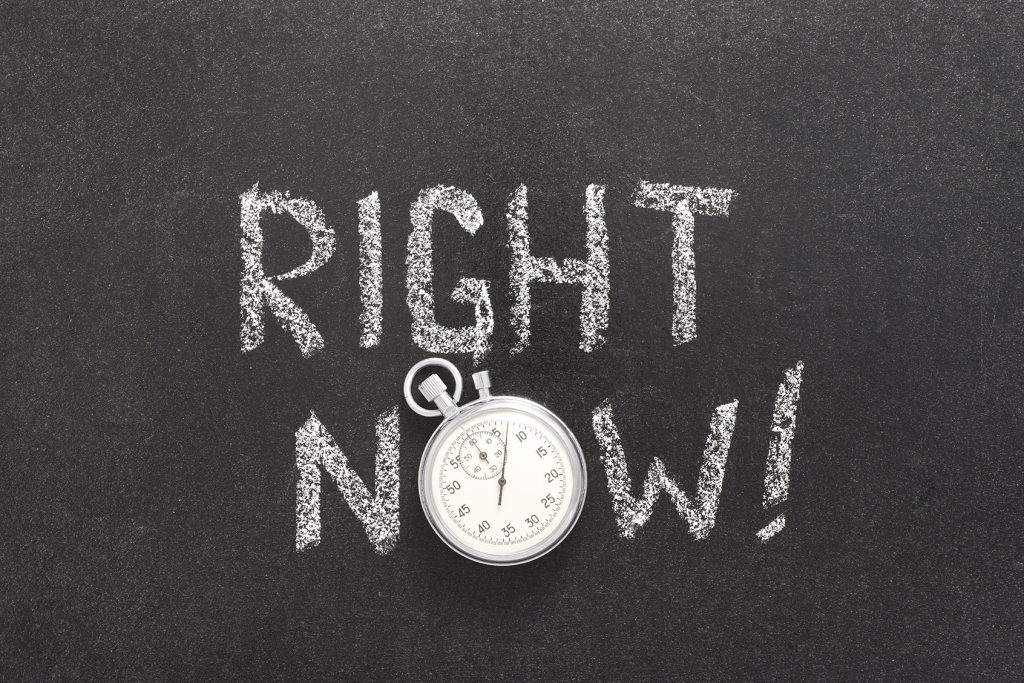 Customer Insight: How Logistics Raises the Bar on Customer Expectations
Customer Insight: How Logistics Raises the Bar on Customer Expectations
Ask any customer shopping online when they want their order delivered, and it’s a good bet they’ll answer ‘tomorrow’.
Thanks to masters of logistics like Amazon and Zappos, customers have come to expect 2-day or even 1-day shipping, sometimes at no cost. They want things NOW and will choose companies based on that expectation. If you can’t deliver, you risk losing customers — even if you have a great product and competitive pricing.
A case in point. Prior to a recent business trip, I needed a new laptop bag. It was Saturday, and I was flying on Wednesday. I found a nice leather case I liked and identified several online retailers who carried it. Whom did I choose? The one who could get it to me by Tuesday and didn’t charge a premium for fast shipping.
Evolving logistics capabilities have impacted the customer experience in other ways. Consumers now want to know ‘where’ their order is every step of the way. And these expectations have spread across industries. If Uber and Dominos can tell you the exact location of their driver, exactly where the driver is, consumers expect that their package delivery company should be able to do the same?
Companies who can meet these constantly rising expectations are being rewarded with increased sales and customer loyalty. Those who can’t may suffer the consequences. Faced with the customer challenge of ‘why drive to the store when I can double-click and two days later it’s at my door?’, Toys ‘R Us had no answers.
Fast and Free Delivery Is Not Enough
With delivery speed and accuracy quickly becoming the norm, how can companies further differentiate the delivery experience? For that, they’ll need to get creative. Going back to my recent laptop bag purchase — supposing the retailer had included a small sample of leather protector in the box? Unfortunately, they didn’t, but adding a small gift or discount coupon can further endear customers to a brand while also providing an opportunity to cross-sell.
Post-delivery follow-up provides another opportunity to differentiate from the competition and add value. This generally takes the form of a post-purchase survey or a request for a product review. Most customers appreciate the touchpoint, and the post-sale interaction typically promotes brand loyalty.
However, when companies master logistics, they can take the Customer Experience to even higher levels. They know exactly when you received the product, how long you’ve had it, and when that product is due for replacement. This mastery of logistics and “big data” gives these companies an edge on their competition – it enables them to be more than a “one and done” with the initial transaction.
Where Do We Go From Here?
Customers now expect to get anything and everything to their front door FAST. This has created industries that didn’t exist just a few years ago — think of meal preparation companies such as Hello Fresh and Blue Apron.
The continued growth of online sales and the globalization of supply chains will keep driving logistics innovation. We’re already seeing trials of drones and driverless long-haul trucks. The automatic re-ordering and shipment of products based on a pre-set delivery cycle is certain to disrupt some industries — just ask Gillette, who late last year introduced cheaper razor blades to fend off competitors Dollar Shave Club and Harry’s.
And of course, there’s Amazon, ever the leader in logistics innovation. Amazon continues to surprise consumers with their innovations. In April 2018, they partnered with GM and Volvo to offer product delivery to the trunk of your vehicle rather than your front steps by remotely unlocking your vehicle through the car’s internet connection. Granted, not all Amazon customers may want to take advantage of this offering, at least initially. But for those who do (perhaps those with “front porch security concerns”), this is a potentially high value-add service.
Most companies now understand that there is a direct correlation between their logistics ability and their customer loyalty (NPS score). The challenge for these companies will be to develop and deliver innovations to their customers that represent relevant, timely and meaningful improvements. Understanding which delivery innovations will materially shift customer spend and brand affinity will become a competitive advantage, particularly in those categories where product quality and price are weakly differentiated.
Want to learn more about the link between logistics, innovation and the customer experience? Check out a few of my favorite customer insight articles on the topic:
How Innovations in Logistics Fulfill the Experience Demand
The Amazon Supply Chain: The Most Innovative in the World?
Lori Childers is Vice President, Client Solutions at The Verde Group
